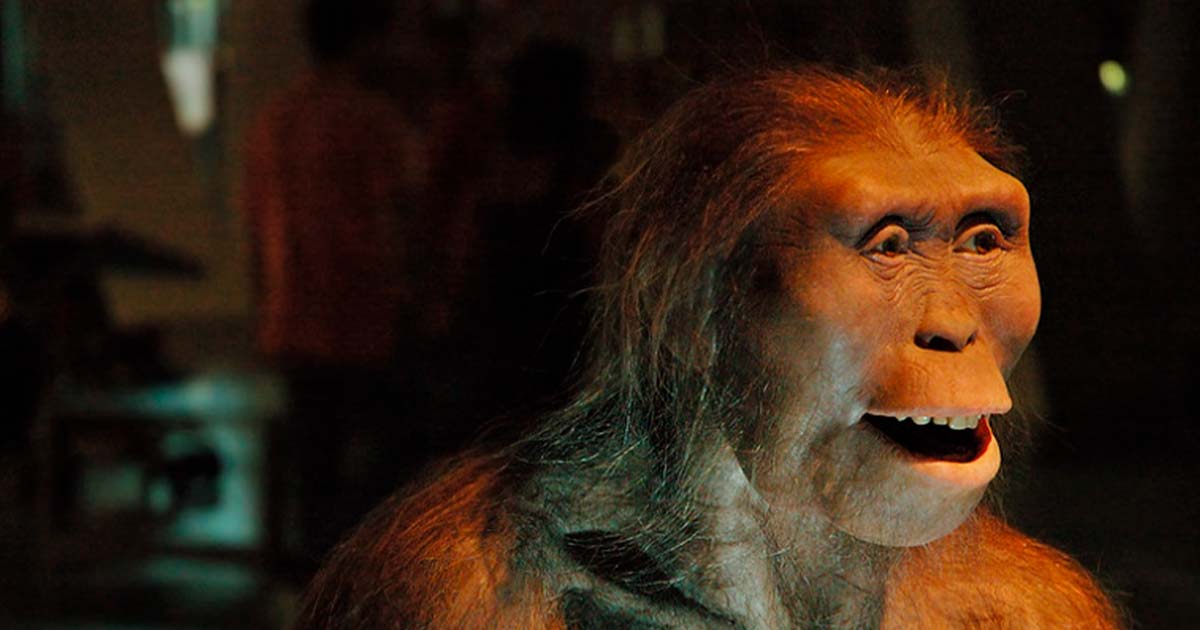How Did Our Most Famous Ancient Ancestor Really Die? (Video)
In the prehistoric landscape of eastern Africa, approximately 3 million years ago, a significant event unfolded, shaping the fate of one of our most famous ancestors, Australopithecus afarensis, commonly known as Lucy.
The demise of this ancient hominin, proposed in a 2016 study, was attributed to a fall from a towering tree, a staggering 14 meters high. The hypothesis suggested that Lucy's fatal plunge resulted in multiple fractures, painting a vivid picture of her last moments. However, the scientific community remains divided on the validity of this theory. Skeptics argue that the fractures observed in Lucy's bones are not unique and may be attributed to various fossilization processes over millions of years.
- Human Ancestor ‘Lucy’ Was Athletic and Walked Fully Upright, Finds New Study
- Australopithecus anamensis Skull Discovery: A ‘Game Changer’ in Human Evolution
While the controversy surrounding Lucy's fall persists, her fossils have been a treasure trove for scientists. With a completeness of about 40%, Lucy's skeletal remains offer crucial insights into the evolutionary transition of our ancestors from tree-dwelling beings to adept walkers on the ground.
The examination of Lucy's upper body features, such as a shoulder blade from a juvenile specimen, nicknamed "Lucy's baby," and slightly curved finger bones, suggests adaptability for tree climbing. This raises intriguing questions about whether Australopithecus afarensis continued to engage in arboreal activities even after transitioning to a terrestrial lifestyle.
As the debate unfolds, Lucy remains an enduring enigma, captivating scientists and enthusiasts alike.
Top image: Australopithecus Afarensis, Lucy. Source: Carlos Lorenzo/flickr

















